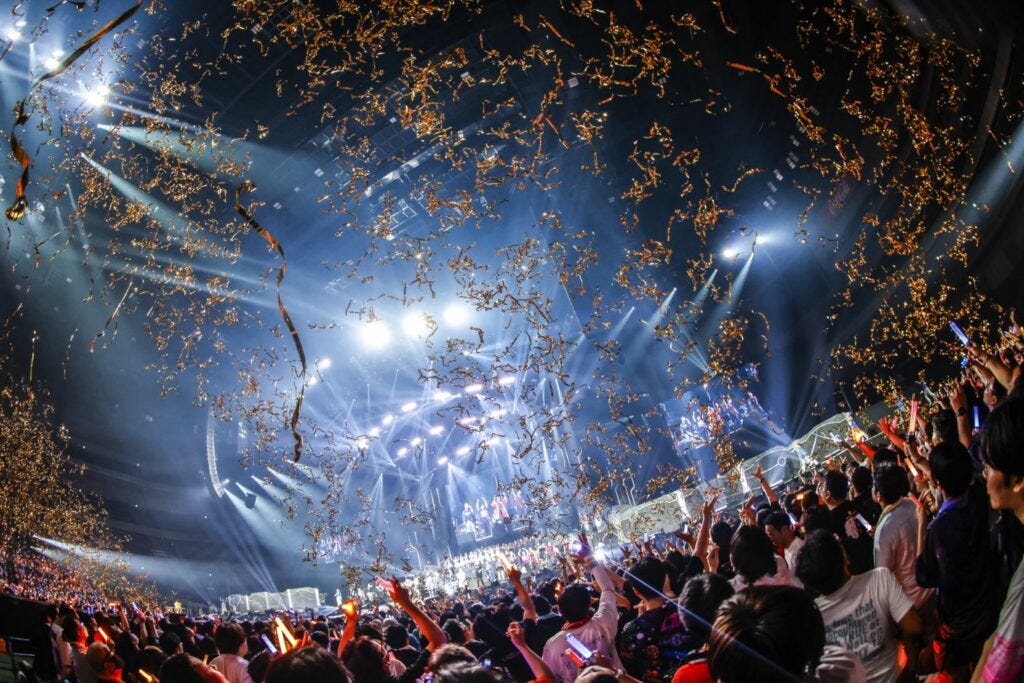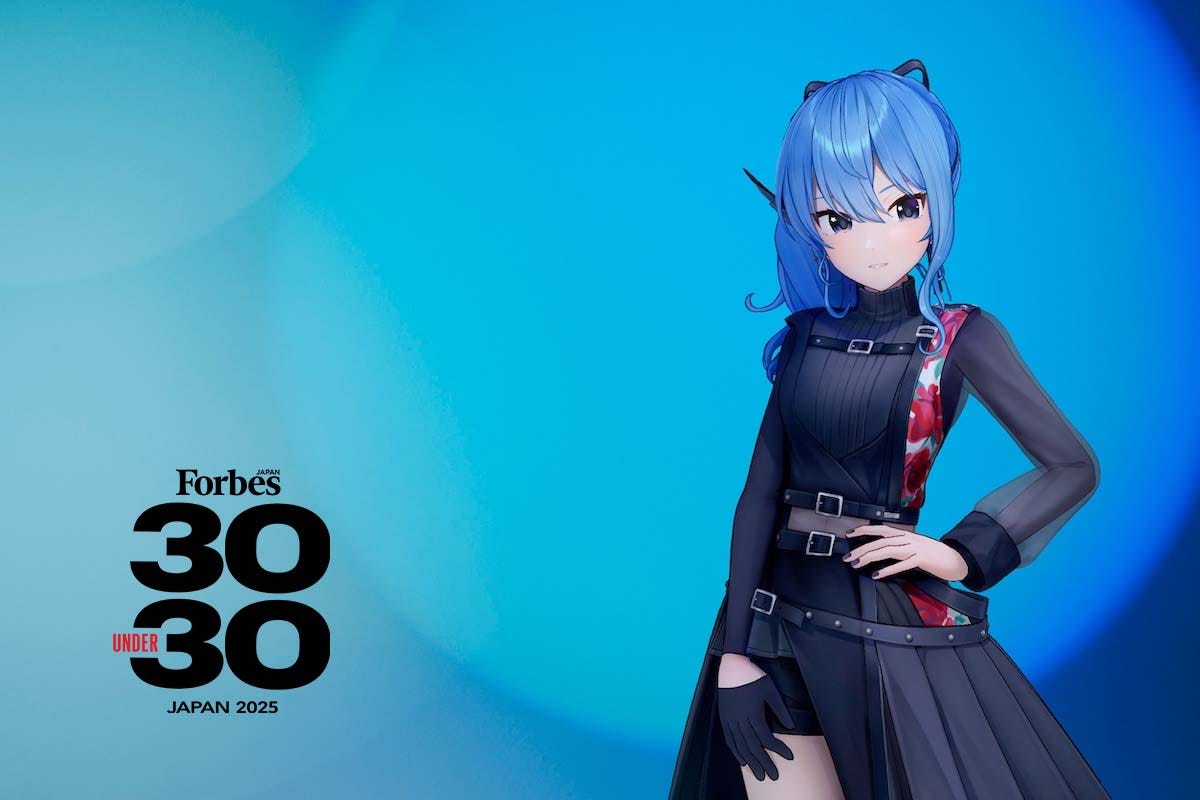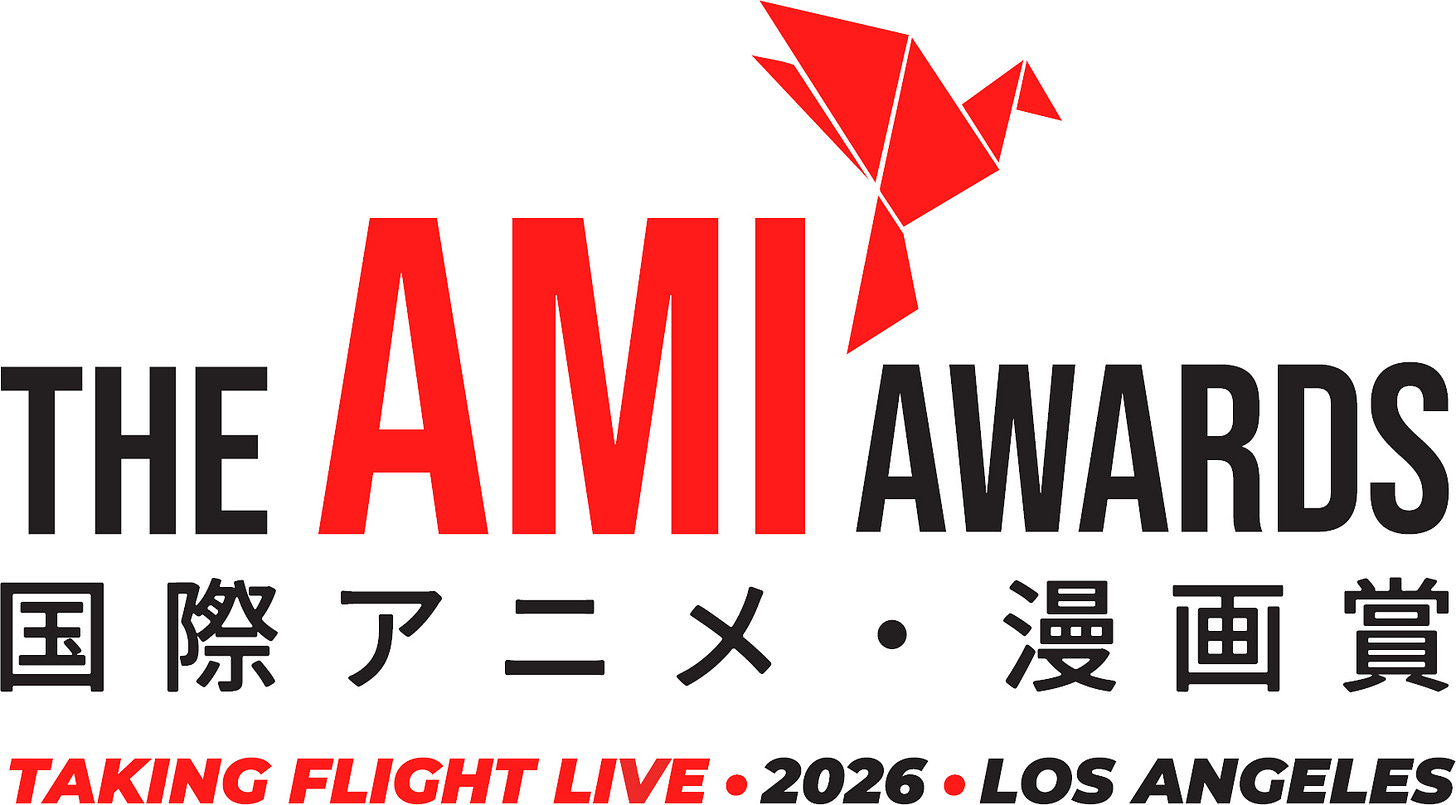Deluxe editions drive global manga growth
Plus: Los Angeles to host new anime awards; Japanese entertainment spending hits new record; Virtual YouTuber named to Forbes Japan 30 Under 30; and more
This is your weekly Animenomics briefing, covering the business of anime and manga. Today is Wednesday, August 27, 2025.
In case you missed it: Japan Post has stopped accepting many package shipments of gifts above US$100 in value and commercial products bound for the United States, as President Donald Trump’s order eliminating de minimis duty exemptions is scheduled to take effect on Friday.
Why it matters, personally: Animenomics regularly acquires anime and manga industry publications and reports (many only available in print) to bring you the latest industry and market data, but limited shipping options will raise our costs.
Consider upgrading to a paid subscription to help cover the cost of the materials that make this newsletter possible.
Print manga flourish abroad as domestic market wanes

Manga’s rapid growth outside Japan in recent years has been driven almost entirely by rising demand for physical deluxe edition releases rather than digital manga, says an advisor to Japan’s largest and oldest literary agency.
Why it matters: Continuing decline in print manga sales in Japan means the overseas print manga market could soon overtake the domestic market, if they haven’t already.
Sales of all manga abroad reached an estimated ¥224 billion (US$1.52 billion) in 2022, according to calculations by the MANGA Research Institute, nearly on par with Japan’s total print manga sales for that year.
Driving the story: Tuttle-Mori Agency’s Chigusa Ogino told entertainment researcher Atsuo Nakayama in a recent interview for Gamebiz that bindings for manga published outside Japan have become more luxurious as the digital manga market grows.
Ogino and Tuttle-Mori brokered some of the earliest manga licensing agreements between Japanese publishers like Shueisha and Square Enix and foreign publishers.
Ogino is credited with negotiating with Spain’s Planeta DeAgostini on behalf of Shueisha the first contract to license Dragon Ball outside Japan in 1992, a story she recounted to Nakayama in the interview.
Zoom in: As previously reported by Animenomics, deluxe edition releases are keeping the print manga category dominant in France despite digital manga being sold at lower prices.
In the United States, VIZ Media publishing sales director Sarah Anderson told ICv2 earlier this year that manga sales revenue still grew despite a decline in total units sold due to more demand for high-value units like box sets.
“The same trend is seen in Vietnam, where more luxurious bindings are preferred and sell well,” Ogino told Nakayama.
Where things stand: Tuttle-Mori, which accounts for 60 percent of Japan’s translation publishing market, today represents 80 manga publishers in negotiations with about 120 local publishers in different countries.
Half of its licensing exports team of 24 people work on manga licenses outside China, while the other half work on manga licenses in China and other non-manga licenses.
Los Angeles hosts Anime & Manga International Awards
Los Angeles will host the inaugural Anime & Manga International Awards in 2026 on the sidelines of Anime Expo, giving anime fans in the United States their own anime awards ceremony for the first time in years.
Why it matters: Crunchyroll’s Anime Awards moved to Japan and became a global affair in 2023 after the anime streaming service was acquired by Sony Group in 2021, but some critics say the event has become detached from reality.
The intrigue: Production of the Anime & Manga International Awards is being led by the team who produced Crunchyroll’s Anime Awards.
Stephanie Heaston, who until 2024 was Crunchyroll’s executive producer for the Anime Awards, is now an executive producer of the new event.
California-based live event production company Digital Cinema Collective, which produced the Crunchyroll Anime Awards, is also working on the Anime & Manga International Awards.
The bigger picture: As previously reported by Animenomics, Japan’s anime industry observers contend that international award ceremonies raise the prestige of anime as a whole.
The non-profit Japan Society, which launched the American Manga Awards in New York City last year, is now lending its support to the Anime & Manga International Awards.
Yes, but: Because the Anime & Manga International Awards will be entirely based on fan voting, it could remain difficult for niche and experimental titles to draw attention, as the Crunchyroll Anime Awards have demonstrated.
Clippings: Japanese entertainment spending hits record

Annual entertainment spending by Japanese adults rose 7.6 percent this year to an average ¥85,137 (US$575) per person, the highest level since 2011, according to a fan consumption survey conducted online in February and March. (Hakuhodo)
Between the lines: While average spending increased, the number of Japanese adults who pay for entertainment content has fallen in many categories compared to 2019, before the COVID-19 pandemic.
Crayon Shin-chan received Best International Animated Licensed Character and Best International Animated Feature Film awards at India’s sixth annual ANN Awards, one of the country’s leading animation industry award presentations. (Oricon News)
Shin-chan rightsholder TV Asahi is organizing a marketing campaign celebrating “2025 Shin-chan India Year” as it prepares for a breakout year in Indian cinemas.
Nearly 40 percent of small Japanese printers that print self-published magazines and manga failed to record a profit in the 2024 fiscal year, putting into question the future of self-publishing events like Comic Market. (Teikoku Databank via Yahoo! Japan News)
In May, Suzuto Shadow Printing in Suzu, Ishikawa Prefecture, closed its business after nearly 40 years of printing self-published zines and manga. It was the only such printer in Japan’s Hokuriku region.
Toei Animation has established an anime studio branch in Osaka to supplement its existing studios in Tokyo’s western suburbs and in the Philippines, part of an ongoing effort by Japanese anime studios to diversify their workforce. (Press release)
Animax Broadcast Japan is absorbing the corporate operator of Japan’s children and anime television network Kids Station, nearly two years after the two companies were sold by Sony to electronics retailer Nojima. (Gamebiz)
‘Hajime no Ippo’ creator clarifies stance on AI in manga
“Generative AI is one of the newest tools available today, so it’s natural that there will be some resistance to it. However, there is no doubt that it’s a machine and a tool. If there are any issues, they lie in its nature, how it was created, as well as the actions of the people who use it.”
— George Morikawa, Hajime no Ippo manga author
Context: Morikawa, in an essay posted on X, reflects on a personal quest in the last 18 months to better understand arguments for and against the use of generative artificial intelligence technology in the manga industry.
Rewind: Morikawa, who is also an executive director on the board of the Japan Cartoonists Association, drew criticism last year for an X post that appears to encourage aspiring manga artists to improve their skills using AI tools alongside analog and digital ones.
What he’s saying: In a nuanced approach, Morikawa stresses the importance of the moral rights of Japanese creators whose works were used to train AI models.
“Please refrain from casually using phrases like ‘democratization of talent’,” he writes. “I’m not saying that you need to always feel grateful, but assuming that you can instantly obtain the accumulated knowledge of your predecessors, it isn’t acceptable to make condescending remarks about the source of the learning, or to sneer, mock, or abuse that source.”
Virtual YouTuber featured on Forbes Japan 30U30 cover

Virtual YouTuber Hoshimachi Suisei, who rose to fame internationally in 2021 thanks to her vocal abilities and now has more than 2.8 million subscribers on YouTube, has landed on the cover of Forbes Japan magazine for its annual 30 Under 30 issue.
Why it matters: This is the first time an individual adjacent to the anime industry has been featured on the cover of Forbes Japan’s 30 Under 30 issue.
As previously reported by Animenomics, the surging global popularity of virtual YouTubers—streamers who use computer-generated virtual avatars—has lowered the hurdles for acceptance of 3D CG in anime.
Zoom in: The magazine also named two animators to its 30 Under 30 list: self-taught 3D CG animator Nashi and animator Kiyoki Rikuta, who is the character designer and chief animation director of Bocchi the Rock and is better known as Kerorira.
Animenomics is an independently run and reader-supported publication. If you enjoyed this newsletter, consider sharing it with others.



